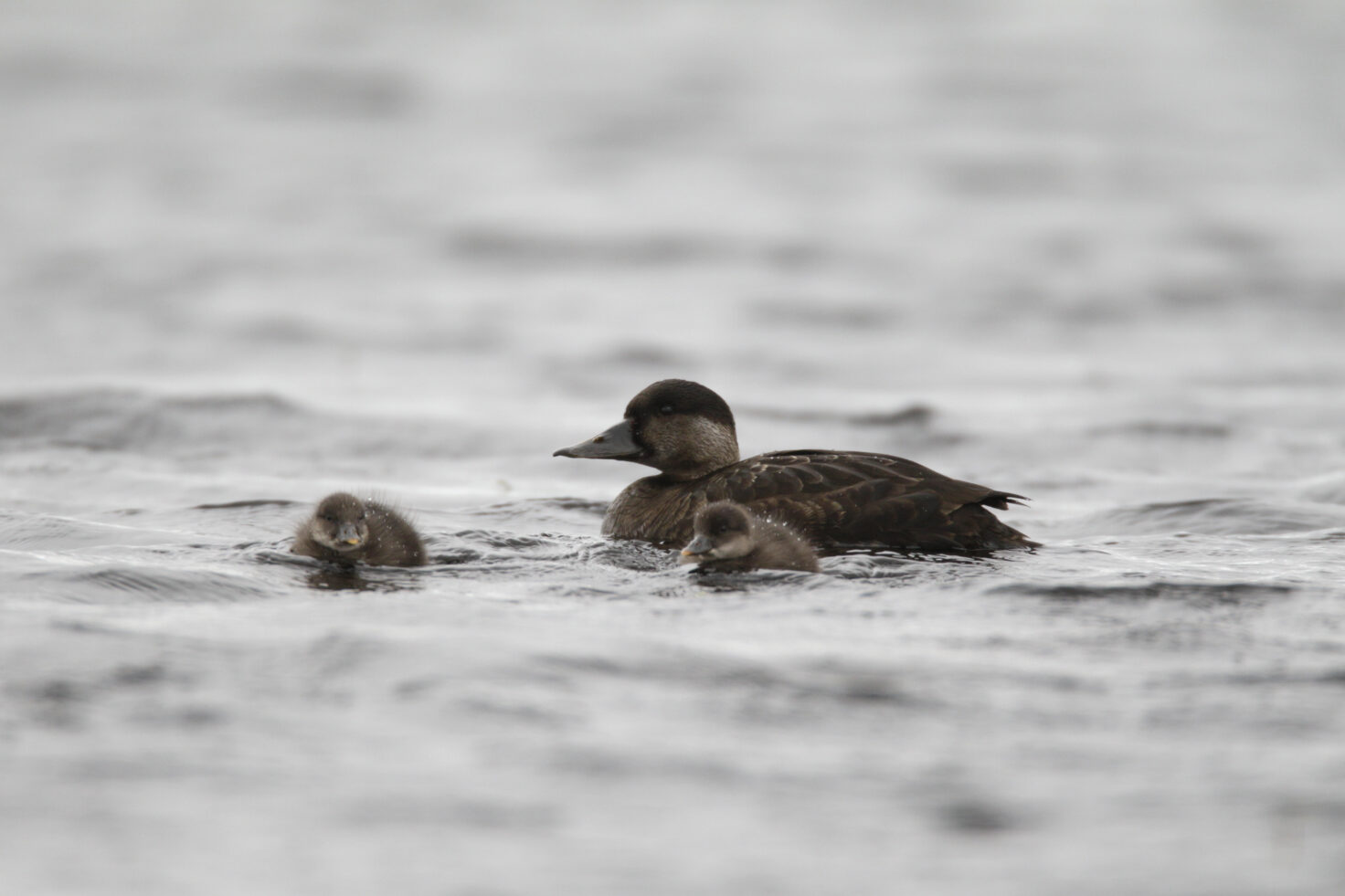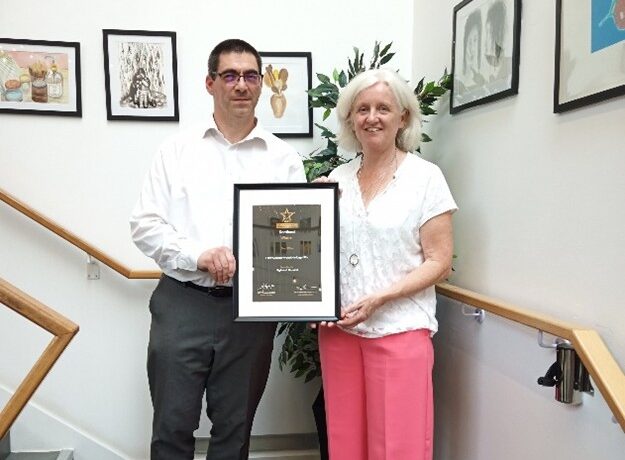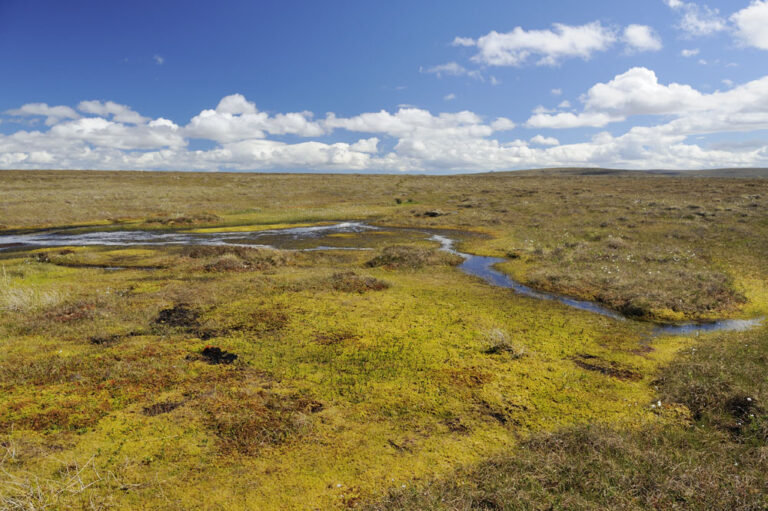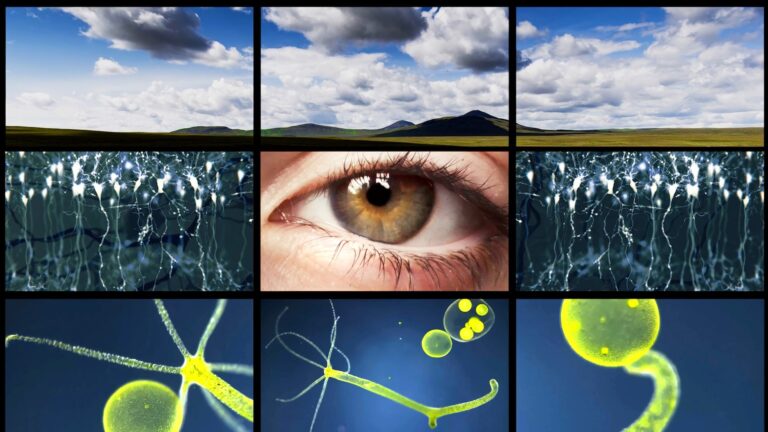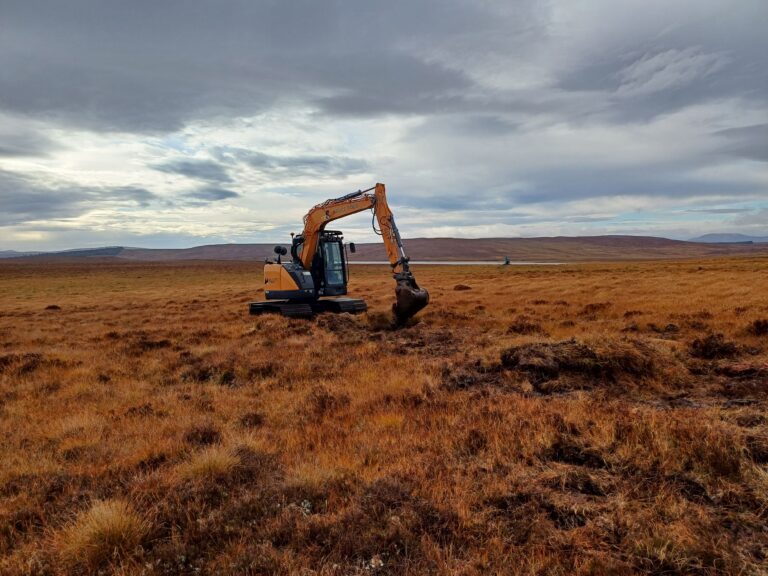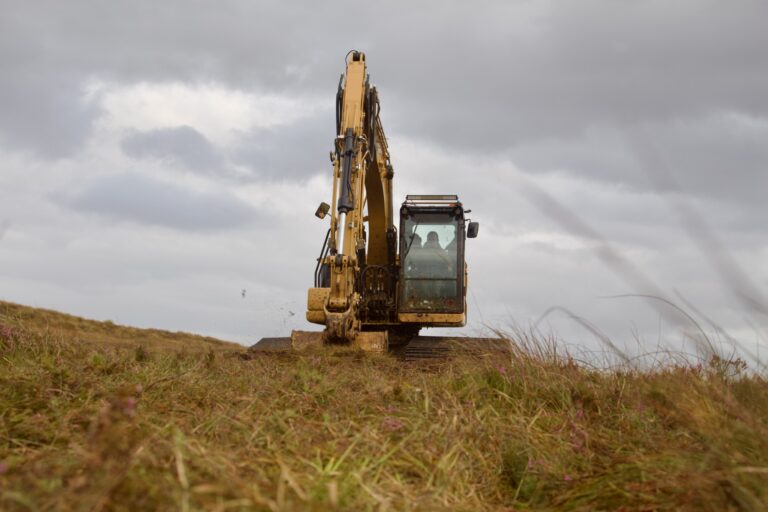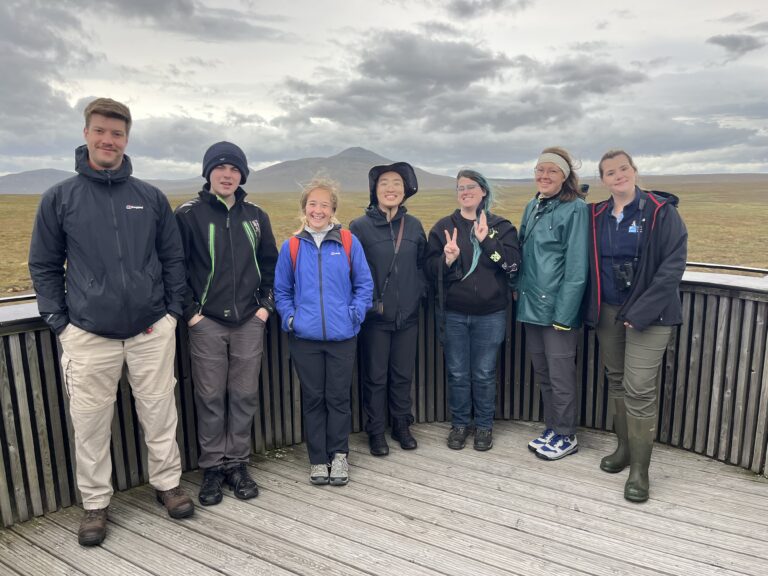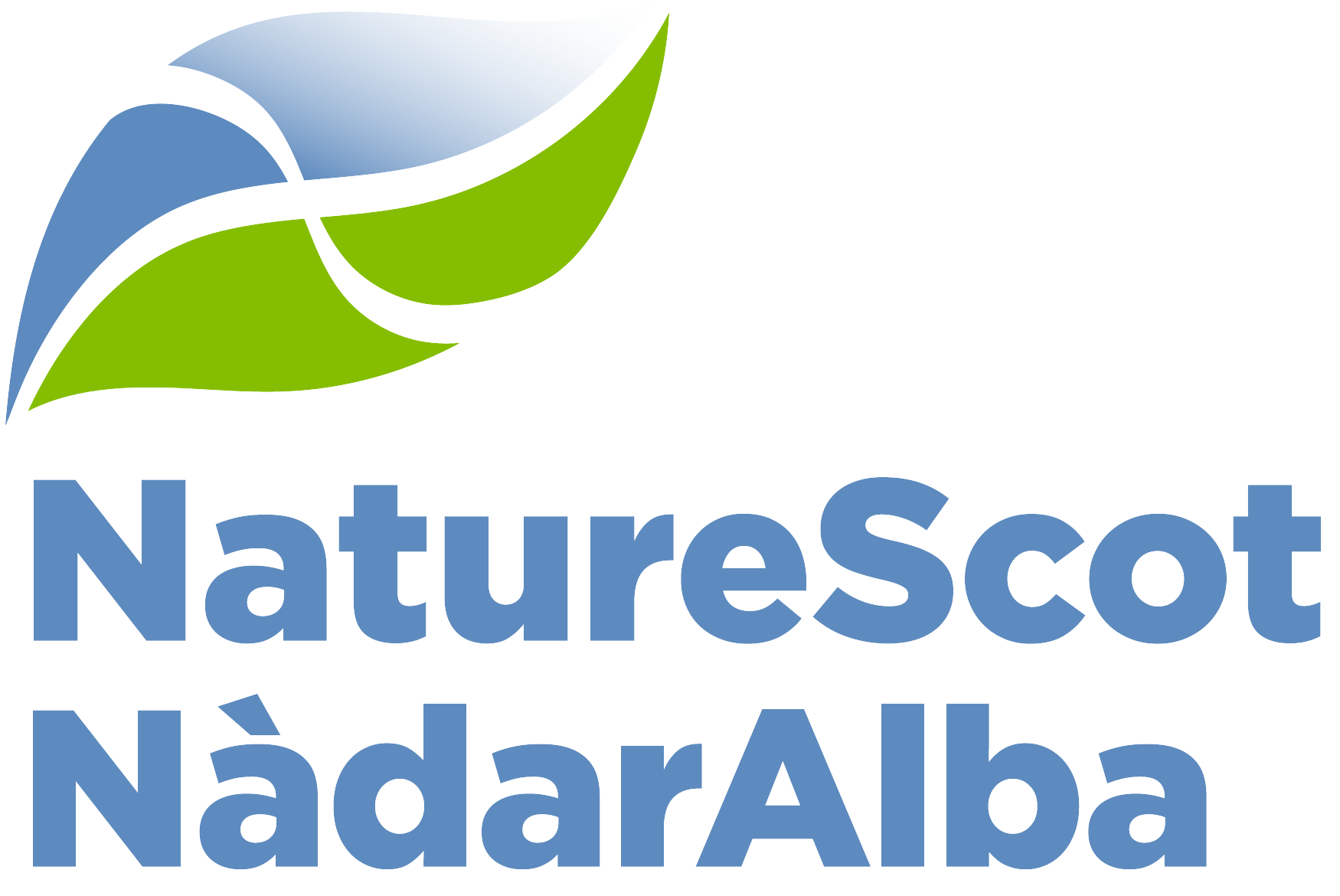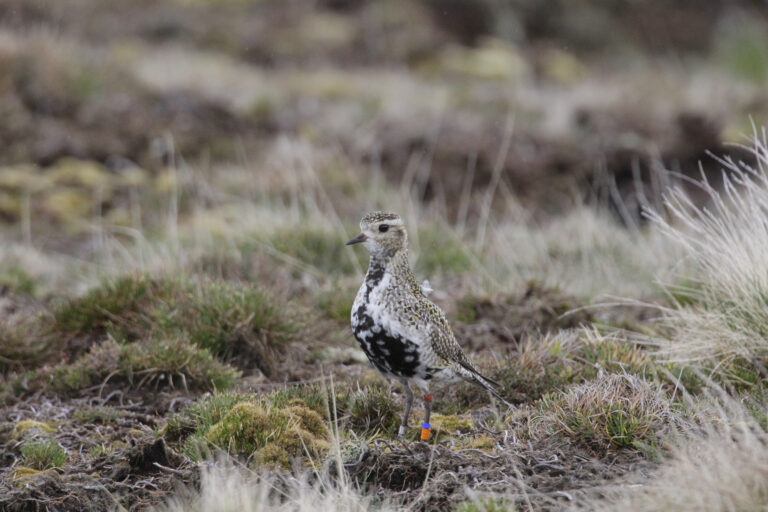
Birds of the Flow Country
As part of a new series of blogs, we’ll be hearing from a variety of stakeholders within The Peatland Partnership team who are supporting the nomination of the Flow Country as a UNESCO World Heritage Site. First off, Milly from the RSPB (Royal Society for the Protection of Birds) will be covering the diverse range of bird species found across the Flow Country and why the blanket bog is key to thriving populations.
Spring and Summer is the perfect time to discover the array of bird species found here on the bog as they return to pair up and breed. The Flow Country hosts an unparalleled bird assemblage in terms of variety and abundance of species compared with other blanket bogs around the world. From gliding Hen Harriers, shy Golden Plovers and wailing Red-throated Divers, here we’ll learn about why these birds call the blanket bog in the North of Scotland their home.
You’ve possibly already heard about the diverse breeding waders of the Flow Country. The open peatland landscape provides the ideal habitat for Golden Plover, Dunlin and Greenshank, all of which are found breeding here in relatively high densities. Dunlin, as their name “Dun” meaning hill in Gaelic and “Linne” meaning pool or pond suggests, are found amongst the small ponds of pool systems, whilst Golden Plover often reveal themselves calling atop mossy hummocks.
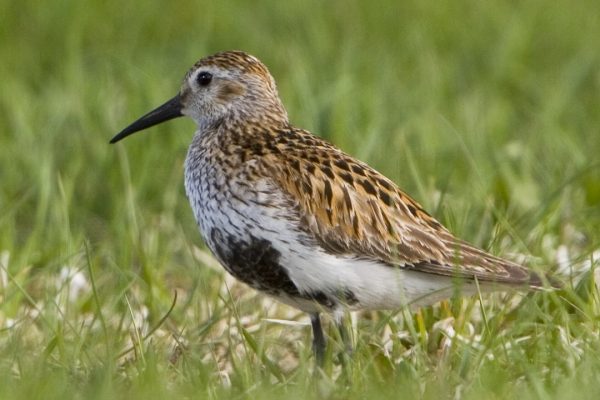
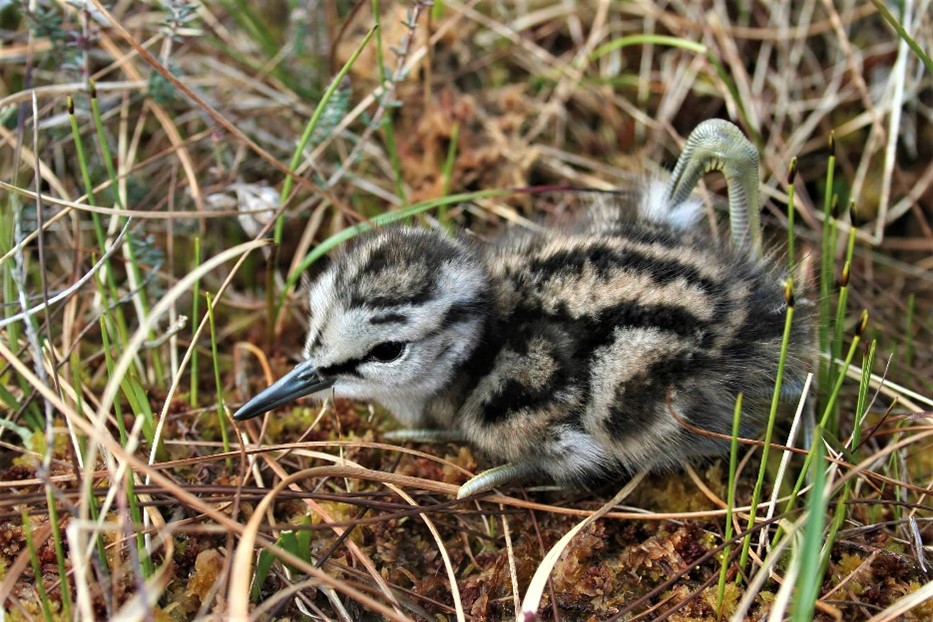
Ducks such as the Common Scoter breed in the upland lochs of Caithness and Sutherland. These dark ducks were once widespread in the UK but now exist here at the very edge of their range. We carry out annual surveys to help us understand the ecology of the species and develop conservation measures to help them. Red-throated and Black-throated Divers also breed on these inland lochs. Black-throats, with their beautiful black and white markings, can be found sitting low in the water and diving with ease in lochs and along the coastline.
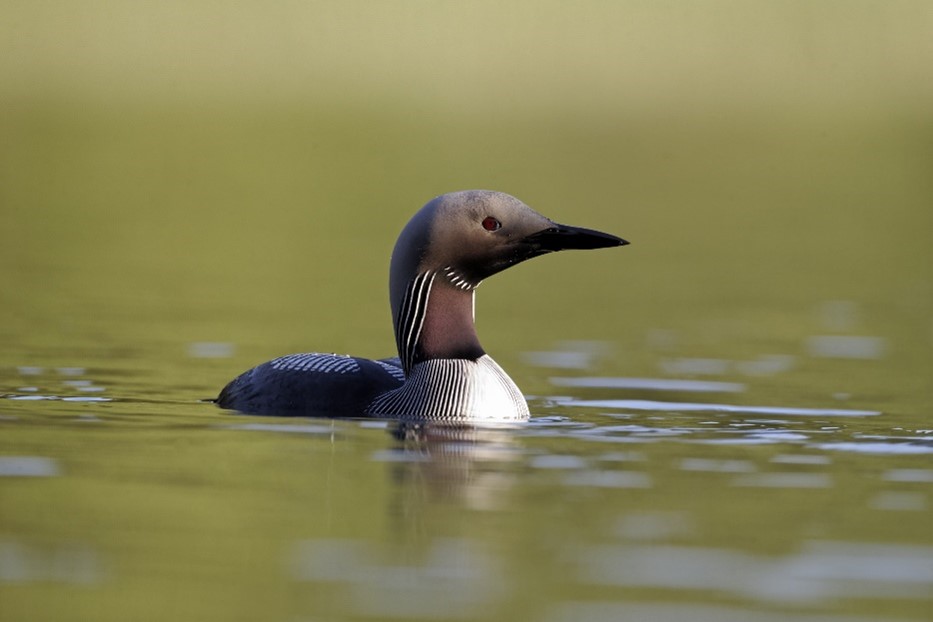
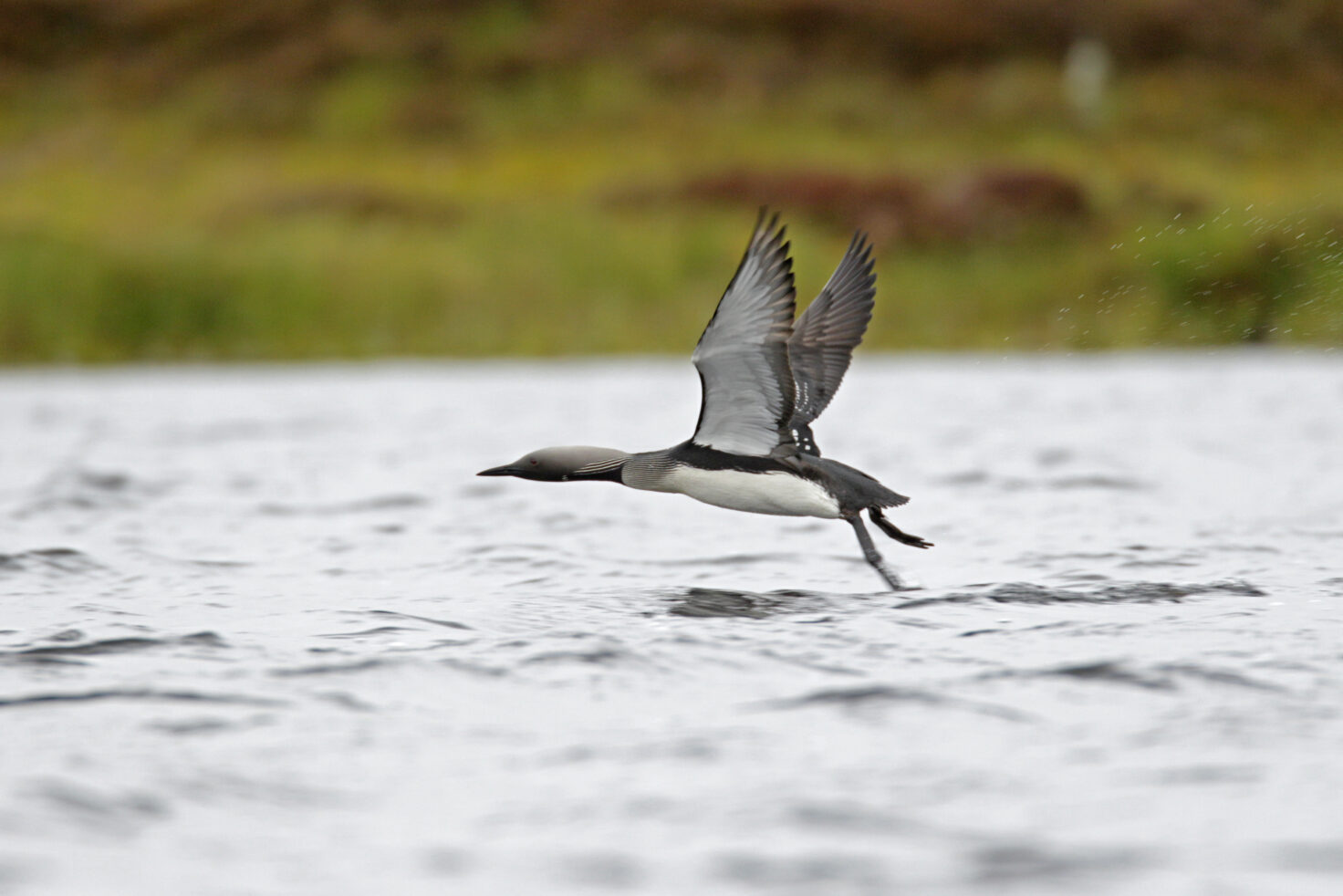
In the open skies above the bog, raptors roam. Hen Harriers are perhaps the most iconic, the characteristic grey body and black wing tips of the males make them easily recognisable. Find them skydancing above their territories in the sheltered straths of the Flow Country and making food passes over nests. Look out for other raptors such as Golden Eagle, Merlin or Short-Eared Owl.
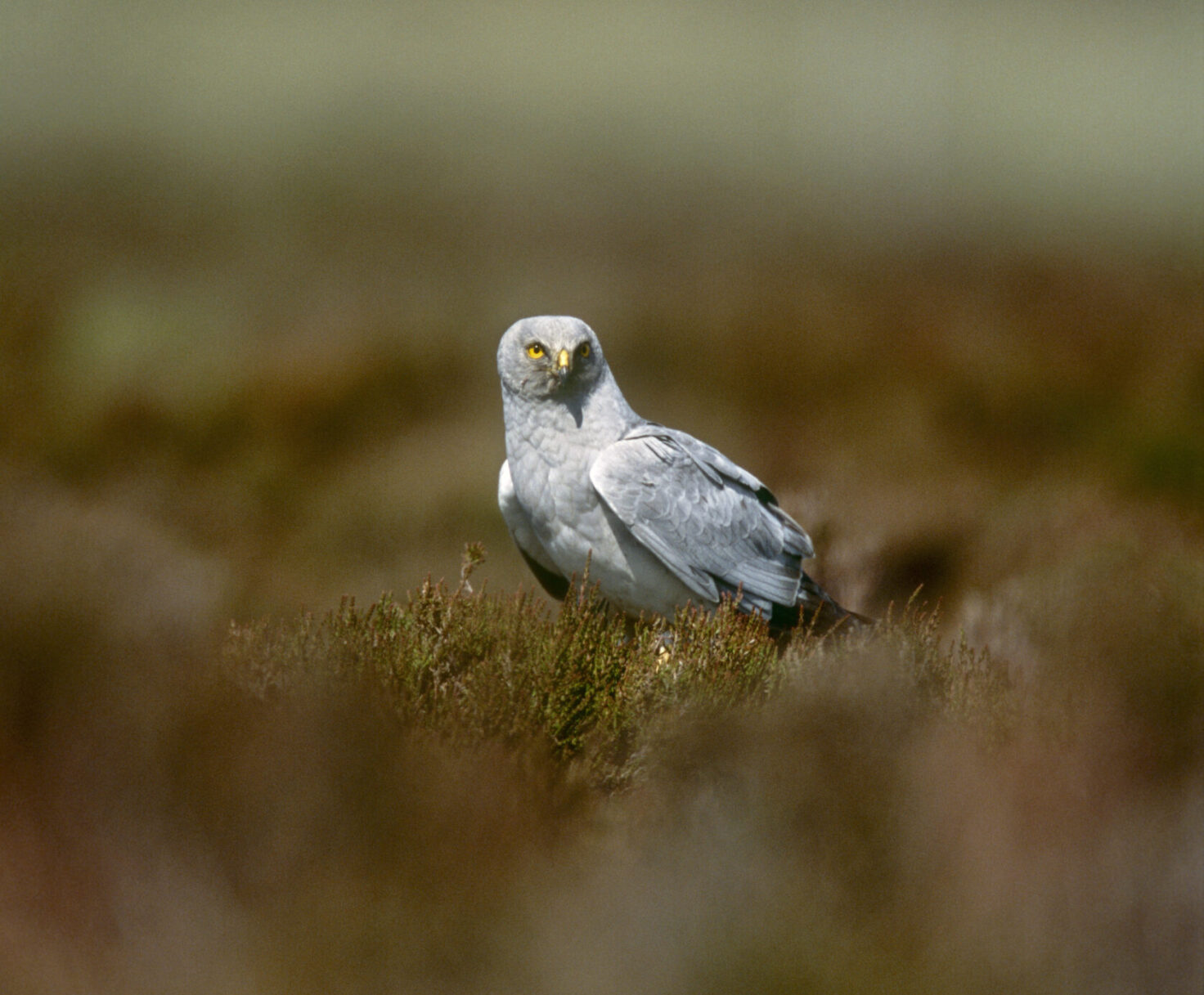
The sheer expanse and quality of the blanket bog in the Flow Country means that there is a diversity of habitats which can in turn, support a wide range of wetland and moorland bird species. With this in mind, you can see why this incredible assemblage of species contributes to the outstanding international importance of the Flow Country and makes it a worthwhile bid for UNESCO World Heritage Site Status.
